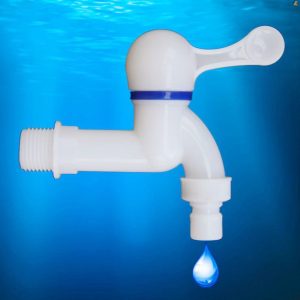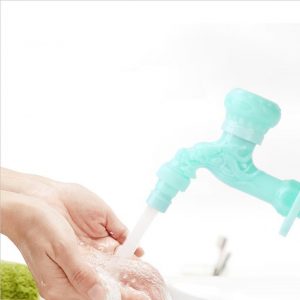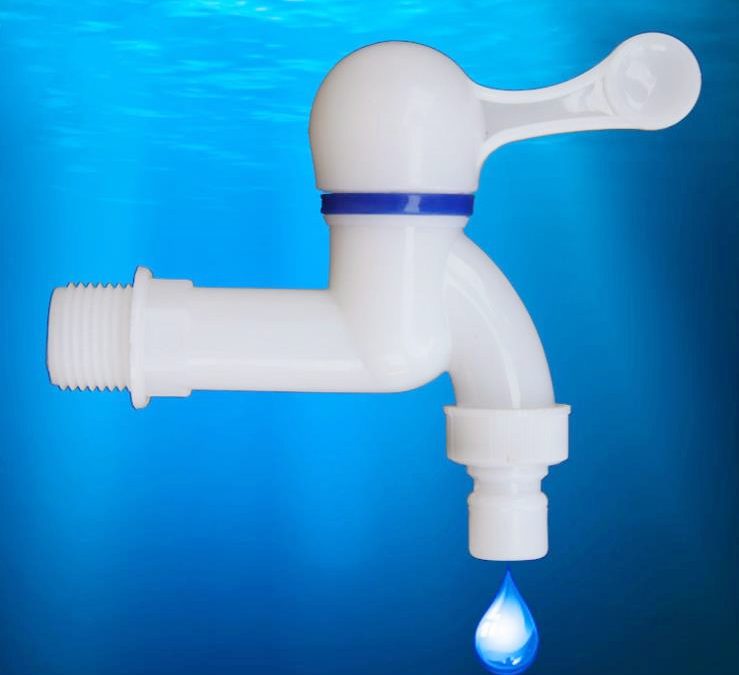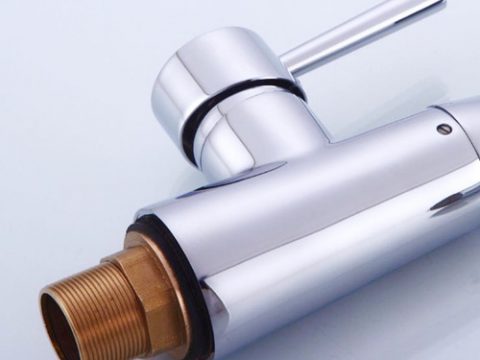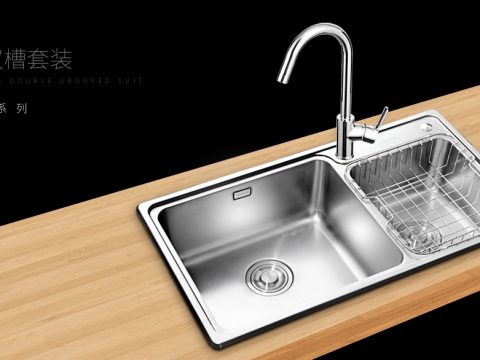- Contact us now!
- +86 18868944843
- ken@nbthe.com
Pros of touchless faucets
Touchless faucets, also known as hands-free or sensor faucets, offer several advantages that make them increasingly popular in both residential and commercial settings. Here are the main pros of touchless faucets:
- Improved Hygiene: One of the primary benefits of touchless faucets is their ability to promote better hygiene. Users can activate the faucet without touching any handles, reducing the risk of cross-contamination from germs and bacteria that may be present on dirty hands.
- Water Conservation: Touchless faucets are equipped with sensors that control water flow based on the presence of hands or objects under the spout. This feature helps to conserve water by automatically shutting off the flow when not in use, preventing wastage and reducing water bills.
- Ease of Use: Touchless faucets are incredibly user-friendly. The sensor detects hand movement or presence, activating the water flow automatically. This feature is especially convenient when your hands are full or dirty, such as when cooking or handling raw food.
- Reduced Maintenance: With touchless faucets, there are fewer contact points for grime, dirt, and soap scum to accumulate. This translates to less frequent cleaning and maintenance compared to traditional faucets with handles that are prone to fingerprints and water spots.
- Energy Efficiency: Many touchless faucets are powered by batteries or low-voltage electrical systems. They are designed to be energy-efficient, and the battery life is generally long-lasting, ensuring continuous operation for an extended period.
- Aesthetics and Modern Design: Touchless faucets have a contemporary and sophisticated appearance that can enhance the overall look of a kitchen or bathroom. They come in a variety of finishes and styles, making it easy to find one that complements your decor.
- Child-Friendly and ADA Compliance: Touchless faucets are suitable for children and people with limited mobility. Their easy activation and automatic shut-off make them accessible and compliant with ADA (Americans with Disabilities Act) requirements.
- Preventing Cross-Contamination in Commercial Settings: In public restrooms, touchless faucets help reduce the risk of spreading germs between users, promoting a cleaner and more sanitary environment.
While touchless faucets offer many advantages, it’s essential to consider potential drawbacks as well. These may include initial installation costs, the need for occasional battery replacements (if not hardwired), and occasional false activations due to sensor sensitivity. However, for most users, the convenience, hygiene, and water-saving benefits outweigh any minor downsides, making touchless faucets an attractive option for modern homes and commercial spaces.
